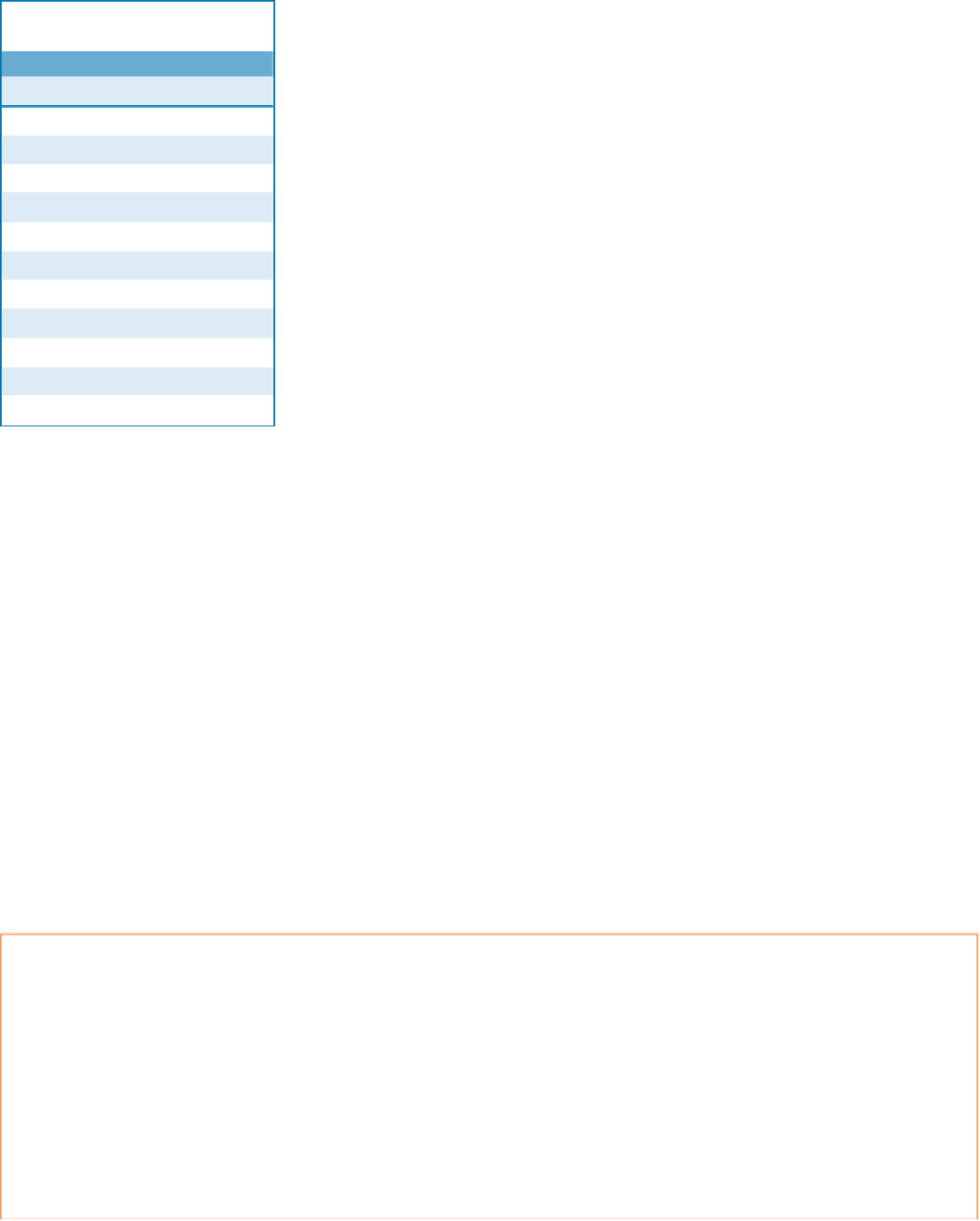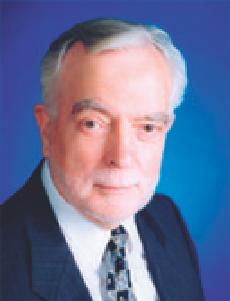Information Technology Reference
In-Depth Information
stimulus to optical fiber communication was a classic paper written by Charles
Kao and George Hockham in 1966, working at ITT Corporation's Standard
Telecommunication Laboratories (STL) in the United Kingdom (
B.10.20
). They
had made a very careful study of the losses in various types of glasses and con-
cluded that the high attenuation rates were due to impurities in the glass. The
1 April 1966, issue of
Laser Focus World
magazine noted:
Table 10.1 Decibel table (the values
of decibel loss are negative).
Decibel loss
Output/Input signal ratio
1
0.79
2
0.63
10
0.1
At the IEE [Institute of Electrical Engineers] meeting in London last month,
Dr. C. K. Kao observed that short-distance runs have shown that the
experimental optical waveguide developed by Standard Telecommunications
Laboratories has an information-carrying capacity . . . equivalent to about
200 TV channels or more than 200,000 telephone channels. He described
STL's device as consisting of a glass core about three or four microns in
diameter, clad with a coaxial layer of another glass having a refractive index
about one percent smaller than that of the core. . . . According to Dr. Kao,
the fiber is relatively strong and can be easily supported. Also, the guidance
surface is protected from external influences . . . [and] the waveguide has a
mechanical bending radius low enough to make the fiber almost completely
flexible. Despite the fact that the best readily available low-loss material
20
0.01
30
0.001
40
0.0001
50
0.00001
60
0.000001
70
0.0000001
80
0.00000001
90
0.000000001
100
0.0000000001
Fig. 10.23. Light conducted by a bundle
of optical fibers. The core of the fiber
is only a few microns wide. A typical
human hair is about fifty microns wide,
so optical fibers are about a tenth of the
diameter of hair.
B.10.19. Alec Gambling joined the Electronics Department at the University of Southampton
in 1957. The department at Southampton had been founded in 1947 by Eric Zepler, a German
refugee who had previously been head of radio receiver design at Telefunken. Gambling started
his research in lasers as a potential source of high-frequency carrier waves for communica-
tions. After the classic paper on optical fibers by Charles Kai and George Hockham, Gambling
received a research contract from the United Kingdom's Ministry of Defence and started research
on manufacturing low-loss fibers. Gambling's group invented the method of Chemical Vapor
Decomposition, which is still the most widely used method of optical fiber fabrication worldwide.














Search WWH ::

Custom Search